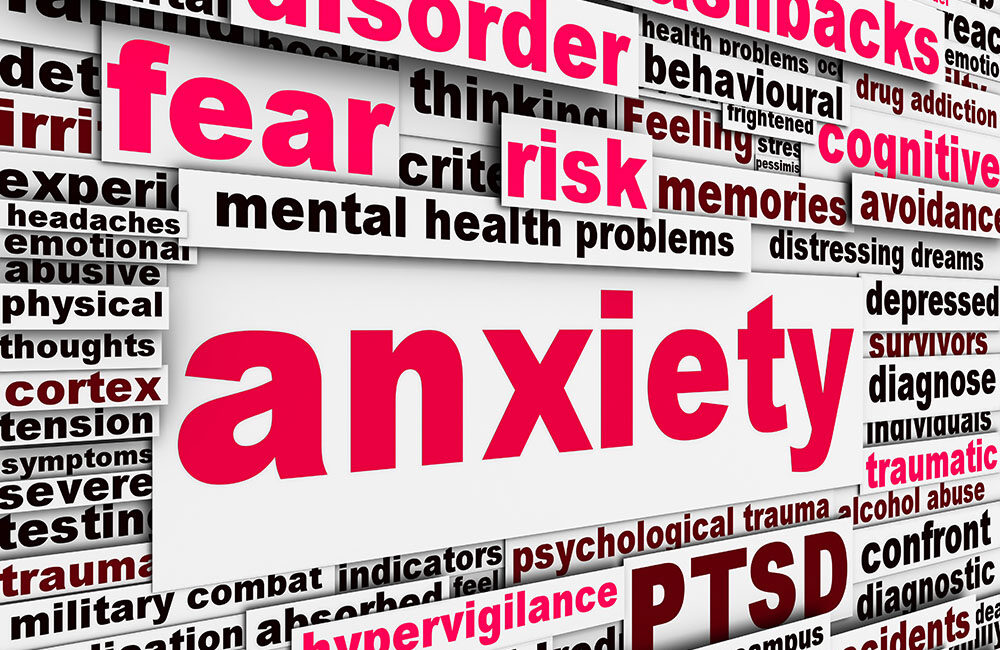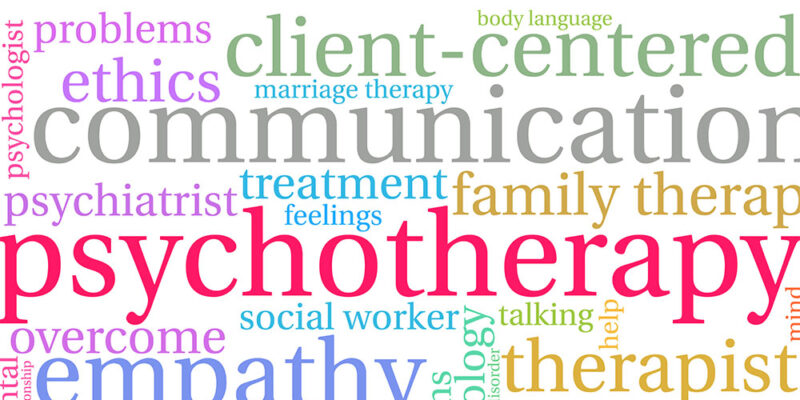Post-Traumatic Stress Disorder
Experiencing trauma may lead to depression and/or anxiety disorders such as Post – Traumatic Stress Disorder. There is much that can be done to heal from PTSD.
Post – Traumatic Stress Disorder (PTSD) is a disorder that may develop after experiencing a traumatic event or prolonged trauma. The condition was originally termed ‘shell-shock’ and was first attributed to soldiers who had fought in battle. The condition has since come to include any person who suffers shock or trauma due to a specific incident, multiple incidents or prolonged trauma, threat or abuse. This would include traumas such as a terrorist attack, a road or other serious accident, physical or sexual assault abuse, including childhood or domestic abuse, natural disasters, living in a war zone, or any event(s) that poses a threat or perceived threat to human life. The trauma is subjective to each individual. What might not be a trauma to one individual might trigger a severe PTSD reaction in another.
It takes most people a few weeks to process a trauma, It is important to have good emotional support following a traumatic event which may help buffer an individual from developing PTSD. Most people who have experienced trauma will not develop a long and sustained posttraumatic response. The prevalence of PTSD is approximately 10% in women and 4% in men although another 5-15% of the population may experience subclinical forms of the disorder. If the symptoms last longer than a month, seek help.
Although there are some common symptoms in PPD and Postpartum PTSD each reaction is accompanied by some distinct symptoms. At Nitza we have noted that a woman who experiences a traumatic birth may develop PTSD. It may be triggered by a health crisis for mother or baby during pregnancy, during the birth or following the birth, even following a good birthing experience. Hemorrhaging, emergency C-section or hysterectomy, illness in baby or stillbirth are just some of the possibilities which may trigger PTSD. Many women fear the next birth or have a fear of becoming pregnant again, and need treatment for their anxiety and symptoms. We have found that the birth might trigger a trauma from the past which now requires treatment. It may be that women who have a past trauma are more susceptible to Postpartum PTSD and research is ongoing.
Those who develop PTSD may relieve the event over and over again and experience among others symptoms flashbacks which may include physical symptoms of sweating, rapid pulse and trembling, nightmares, severe anxiety and emotional distress or emotional numbness, dissociation, hypervigilance, uncontrollable and repetitive thoughts and memories about the event, sleeping difficulties, difficulty concentrating, anger, feelings of detachment and alienation from those around them, etc. PTSD may be accompanied by depression and the symptoms generally occurring in PPD.
PTSD causes significant clinical or adverse distress in areas of social, occupational or other significant functioning. Those suffering PTSD often go to great lengths to avoid any individual or situation that reminds them of the trauma they experienced. This can cause much disruption to an individual’s activities and life in general.
Methods of treatment include CBT (Cognitive Behavioral Therapy), EMDR (Eye Movement Desensitization and Reprocessing), and medication. They are very effective in healing PTSD.
 ניצה
ניצה






